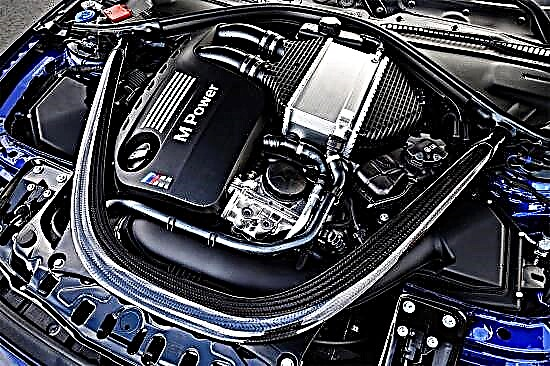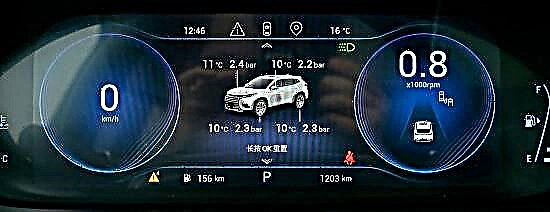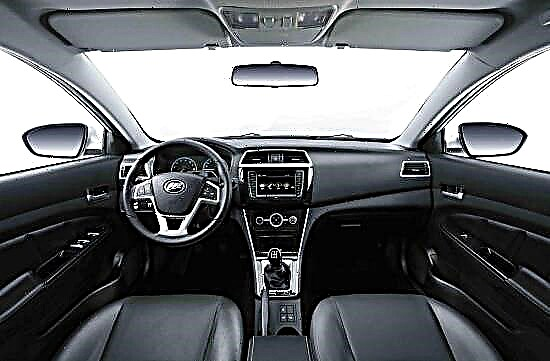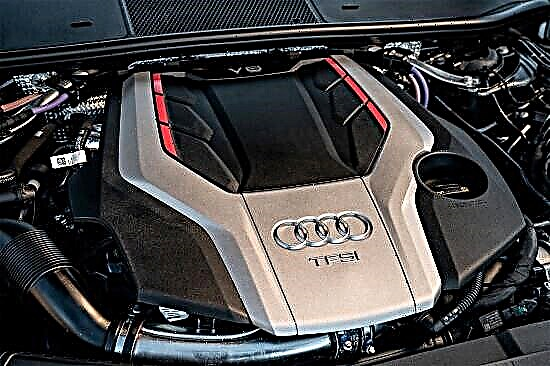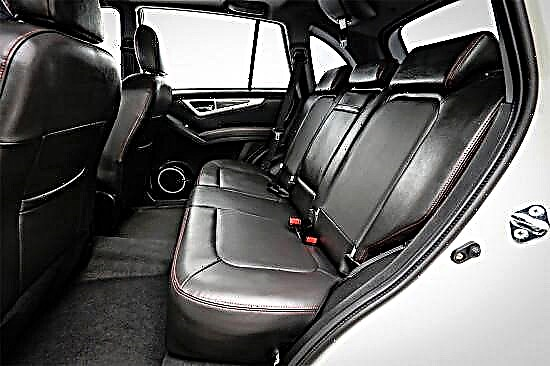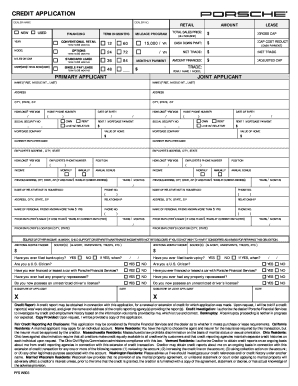A record car, a legend car, a symbol of an entire era - the official date of the "birth" of the cult "Beetle" is 1946, when after the end of the Second World War its mass production started. However, the development of the model, entrusted to the famous German engineer Ferdinand Porsche personally by Adolf Hitler, began long before that moment - in 1934. At the direction of the Fuehrer of Nazi Germany, it was required to create a cheap and reliable "people's car" that almost every German family could afford.

The first three prototypes of the vehicle, designated Type 32, were designed under the leadership of Porsche by 1935, and in their design they already resembled a commercial model - a rear-engined layout, a torsion bar chassis and a four-cylinder engine. Two years later, at the Daimler-Benz plant, a pilot batch of 30 cars was assembled, which were used for road tests.
The final version of the first incarnation of the "Beetle" (the car received such a nickname because of the shape of its body, officially it was called "Typ 1") was presented in 1938 - it was a model with an open or closed body with a four-seater configuration of interior decoration.

It had the following overall dimensions along the outer perimeter: 4060 mm in length, of which 2400 mm fell on the base of the wheels, 1550 mm in width and 1500 mm in height.
The car had a monocoque flat bottom, a 985 cc air-cooled petrol four-cylinder boxer engine with 24 horsepower, based behind the rear axle, a 4-speed manual transmission, circular torsion bar suspension and drum brakes on all wheels.

But the plans of the automakers were confused by the outbreak of the Second World War, which is why the mass production of the Volkswagen Typ 1 did not start in 1940, as originally planned, but only in 1946.
Subsequently, the "Beetle" was periodically upgraded, although its basic design remained unchanged throughout its life cycle. Over the years, the original car was equipped with boxer "fours" with carburetor power with a volume of 1.2, 1.3, 1.5 and 1.6 liters, producing from 34 to 50 horsepower, and the last copies were equipped with a 1.6-liter injection engine with a return of 50 "mares" and 98 Nm of torque. In addition to a manual transmission, for some countries, a 3- or 4-speed semi-automatic transmission was installed on the "German".
The peak of fame for the first generation Volkswagen Beetle came in the 1960s, when it was exported to more than 80 world countries, including the United States, and its production, in addition to Germany, was organized in Brazil, Yugoslavia, Mexico, South Africa, Belgium and Nigeria.
In 1971, the Germans brought to the market an updated modification of the car, which differs from the standard version with a MacPherson front suspension and an elongated "nose", which was called VW 1302 and VW 1303, and in common people was called Super Beetle.

True, its release lasted only for five years, after which the base sedan and convertible with a cloth top remained in the palette.

But not everything turned out so rosy in the Beetle's career as it might seem at first glance, because by the 70s it was morally outdated and had many negative qualities, in particular, oversteer, high sensitivity to crosswind, ineffective interior heating and exposure corrosion of tubular thresholds. As a result, the car ceased to be in its former demand, even putting Volkswagen on the brink of bankruptcy, but the situation was saved by new front-wheel drive small cars, so its production was continued.

The Volkswagen Typ 1 conveyor left on July 30, 2003 - it was then that the last copy of the legendary car was produced in Mexico, which in total sold around the world in the amount of 21,529,464 pieces (of which about 330,000 were in a convertible body).
But Europeans and North Americans said goodbye to the classic model much earlier - in 1985 and 1977, respectively.
Despite the fact that the classic "Beetle" could not keep the title of the most massive car on the planet, and with the release of its successors radically changed its philosophy, it left the brightest mark in the history of the automotive industry.

